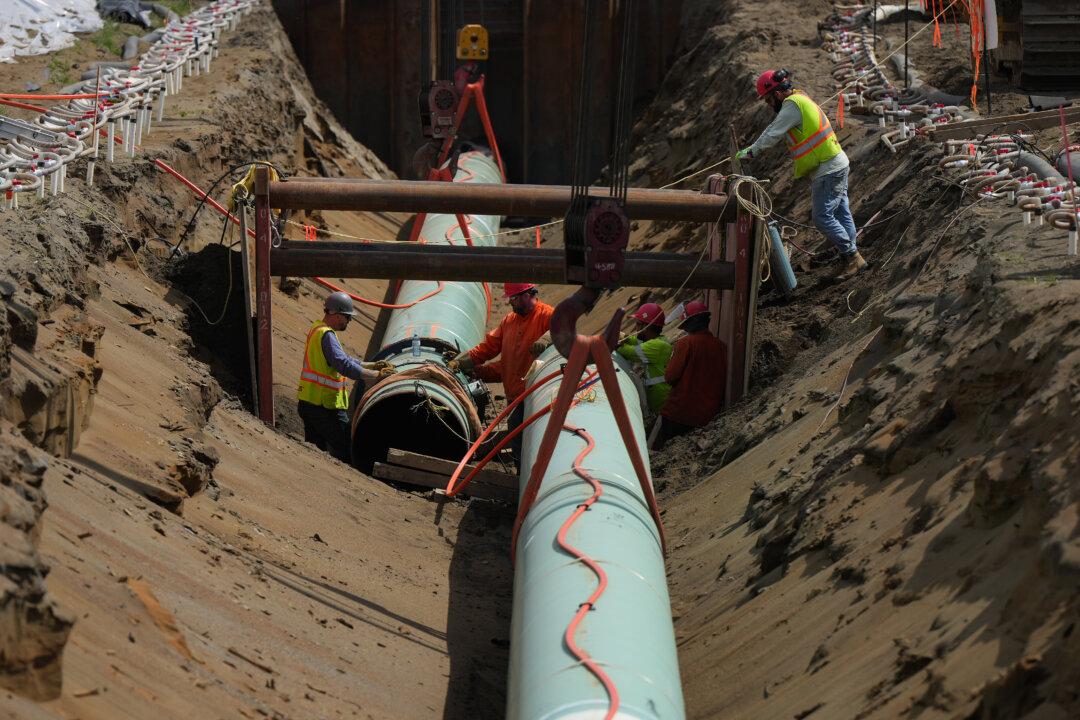Canada could have lower fuel costs and a more vibrant economy if it had more pipelines and a national transportation strategy, says a new report from Canadian think tank C.D. Howe Institute.
In “The Big Squeeze: Lessons from the Trans Mountain Pipeline about the Costs of Invisible Bottlenecks“ published Aug. 13, Kent Fellows says a lack of pipeline capacity has cost the oil industry and specifically B.C. motorists.





